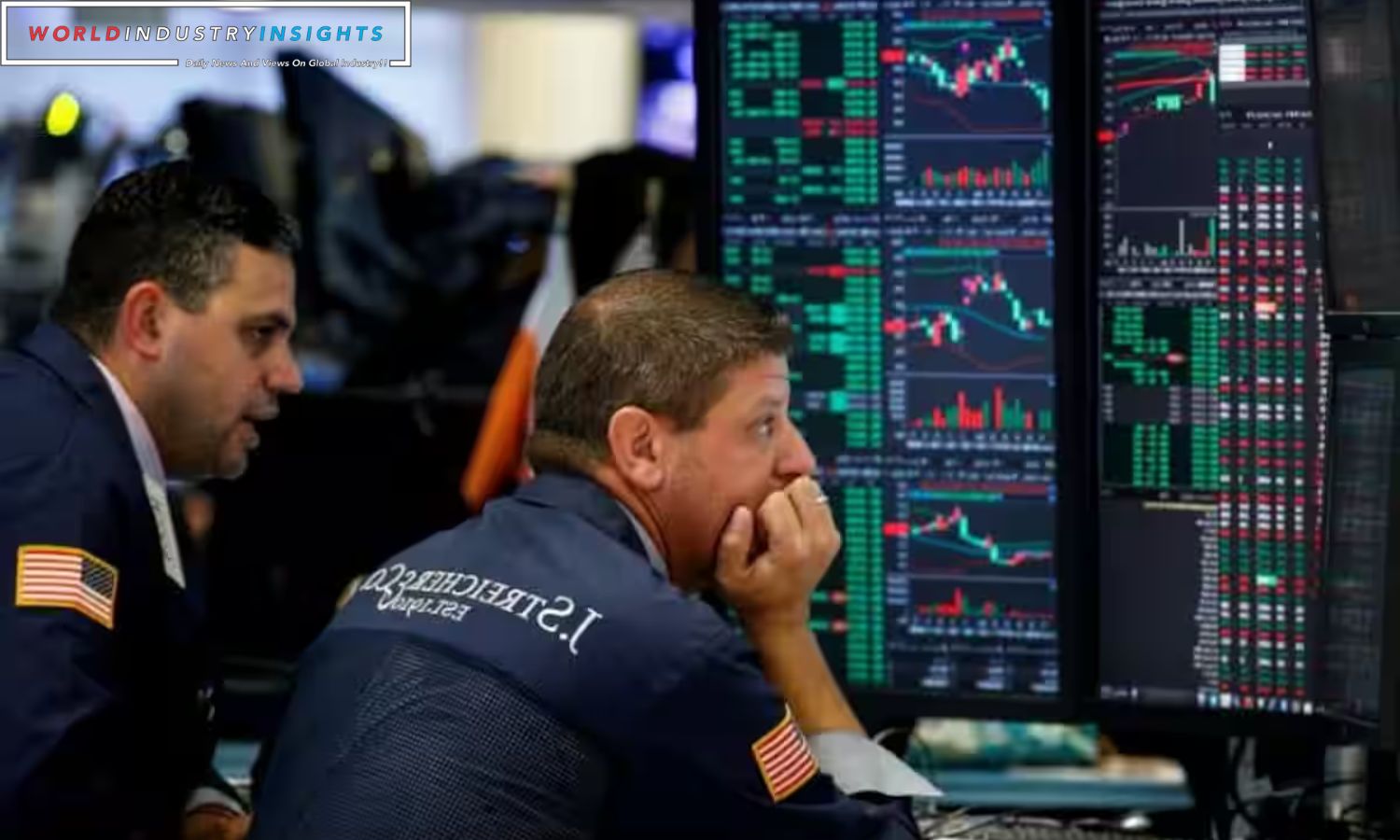Market Momentary Pause: In a brief hiatus from their recent winning streaks, the S&P 500 and Nasdaq faced a day of retreat, influenced by a combination of factors ranging from lackluster retail projections to the Federal Reserve’s cautious stance on interest rates. The market’s trajectory had been propelled by the notion that the Fed might conclude its rate hikes, but Tuesday’s session saw a pause in the bullish sentiment.
The Federal Reserve’s meeting minutes from October 31 to November 1 revealed a consensus among officials to adopt a careful approach to future interest rate increases. The minutes indicated that any decision to raise rates would be contingent on the progress made in controlling inflation. This information, while not entirely unexpected, contributed to the market’s hesitation, leading to a day of subdued trading.
Michael James, managing director of equity trading at Wedbush Securities, noted, “We’ve had a big move. The absence of anything to further drive the market higher today is kind of leading to underwhelming price action and some slight profit-taking.”
One key event that drew market attention was Nvidia’s quarterly results and guidance, released after the closing bell. Nvidia, renowned for its leadership in artificial intelligence chips, experienced a 0.9% decline in its shares during the regular session, reflecting a cautious stance ahead of the earnings report.
Post the earnings announcement, Nvidia‘s shares faced a minor setback, declining about 2%. The semiconductor sector, represented by the SOX index, also felt the impact, registering a 1.9% drop. The market keenly observed the guidance and performance of Nvidia, considering its significant role in the technology and semiconductor space.
Also Read: Market Crossroads: Will the S&P 500 Soar to New Heights or Hit the Brakes?
Aside from the tech sector, the retail industry faced challenges during Tuesday’s session. Lowe’s Cos, a prominent home improvement chain, projected a more substantial drop in annual comparable sales than initially expected. Consequently, Lowe’s shares experienced a 3.1% decline, contributing to the S&P 500 retail index’s 1.2% drop for the day.
Best Buy, another major player in the electronics retail sector, also saw a dip in its shares (0.7%) as the company anticipated a steeper decline in annual comparable sales. Kohl’s Corp faced a more significant setback, with its shares dropping by 8.6% after falling short of third-quarter sales estimates.
The Dow Jones Industrial Average closed the day with a 0.18% decline, amounting to 62.75 points, settling at 35,088.29. The S&P 500 lost 0.20%, shedding 9.19 points to close at 4,538.19, and the Nasdaq Composite dropped 0.59%, down 84.55 points to finish at 14,199.98.
While the decline in stocks was evident across various sectors, the retail-focused S&P 500 retail index experienced a 1.2% decline during the day, reflecting the challenges faced by companies in this space.
As the market navigates through these fluctuations, investors are keenly observing the evolving landscape, with an eye on key earnings reports, economic indicators, and any developments related to the Federal Reserve’s policy decisions. The nuanced market sentiment underscores the delicate balance investors are trying to strike amid economic uncertainties and evolving global dynamics.
Our Reader’s Queries
Is a T1 halt bad?
The company has put a hold on trading in their stock as they prepare to release important news. This news could have either a positive or negative impact on the market. Once trading resumes, the market will respond accordingly.
What are the different types of market halts?
Trading halts and delays can be categorized into two types: regulatory and non-regulatory.
Is trading halt a good thing?
Although investors may feel uneasy when a stock is halted, it’s important to recognize the benefits. Halting trading is a protective measure that ensures a level playing field for all investors, regardless of their level of knowledge or reaction time. This helps to prevent any unfair advantages for those who are more informed, while also safeguarding the interests of those who may not be up-to-date on the latest news. So, while it may cause some temporary discomfort, halting trading ultimately serves to protect and benefit all investors.
How long can a trading halt last?
When a company is about to make a big announcement that could affect the stock price, they may request a trading halt. This means that trading of their stock is temporarily suspended to prevent any confidential information from being leaked before the official announcement. Once the announcement is made, the trading halt is lifted and trading can resume. It’s important to note that trading halts cannot last longer than two trading days.


